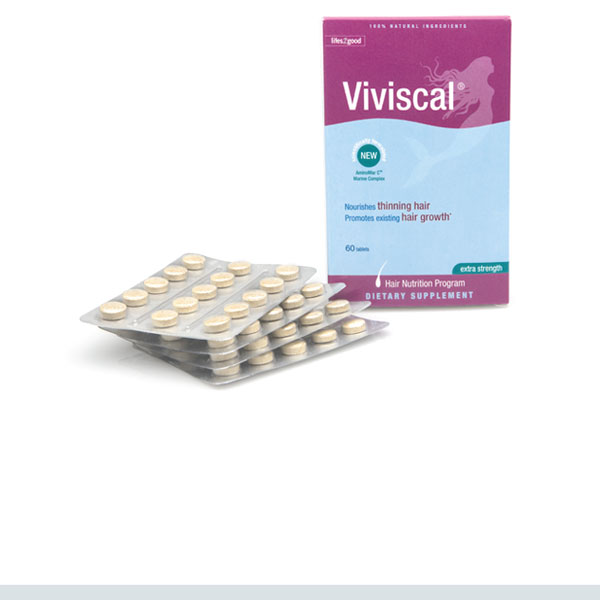Your hair is your crowning glory—so why don’t we give as much attention to the skin on our head as we do our face? If you’ve ever suffered from thin, limp, or lackluster locks, it might be time to dive into the root of the problem.
Your scalp is genesis of thick, plump, and full locks. Each strand of hair has its own blood supply and nerves which are directly responsible for regulating blood flow through surface of your head. This constant blood flow—called microcirculation—helps maintain keratin protein in the hair fiber (the stuff that keeps the hair shaft strong and healthy).
“When we’re young, it’s easy for the scalp to absorb all the necessary elements for keratin protein: amino acids, vitamins, minerals and sulfur derivatives. But as we age, our body’s ability to produce these elements lessens over time, and the quality of keratin decreases, leaving the hair more porous, fragile, weak, and thin,” says Phyto national educator Christyn Nawrot (see diagram, right). But it’s not just an age problem—temporary hair loss can occur at all stages of life. “When illness, fatigue, or medication disrupt the blood flow to the scalp, this directly affects the growth cycle and contributes to hair loss,” says Christyn. Aveda global marketing manager Robert Burns also notes that air and water pollutants, hormonal fluctuations, UV and free radical exposure, chlorine, metals, and seasonal shifts are key contributors to the temporary thinning of your tresses. Hair loss is most prevalent around the spring or fall months, because “these transitional months affect the aging and growth process of hair more than other months,” adds Christyn.
The most direct thinning culprit, though? Product overload. Like the skin on our face, the scalp is porous, and can get over clogged with sebum and heavy product. “Hair care products that contain heavy silicones, waxes, and chemical solvents clog the scalp and coat the hair,” says Christyn. “Choose products that are naturally water soluble instead.”
So what’s the real secret to a healthy scalp? Improving microcirculation and clearing build-up around the follicles. “Give yourself a scalp massage with essential oils at least three times a week for 10 minutes,” recommends Christyn. Brushing hair two to three times daily with a natural-fiber bristle brush also helps exfoliate the scalp and increases blood flow.
Now that you’ve discovered what hair health really means, are you ready for a scalp makeover? DIY solutions are the easiest to adapt, but sometimes it helps to arm your arsenal with the right products. Click through the slideshow above to learn about thinning hair solutions that might work for you!
Featured Products
You Might Also Like
-

Hair
Three Common Hair Mistakes and How to Avoid Them
- 2409
-

Hair
How Bond-Building Haircare *Actually* Works
-

Hair
3-Day at Home Hair Boot Camp For Dry Hair
-

Hair Health
Winter Hair Tune Up
- 623
-

Product Trends
The Truth About At-Home Hair Straightening Treatments
- 158
-

Ingredient Spotlight
The Benefits of Avocado Oil in Skin and Hair Care
-

Hair
Is Apple Cider Vinegar The Secret to Great Hair?
- 3
-

Hair Health
The Real Secret to Healthy Hair
- 602





























